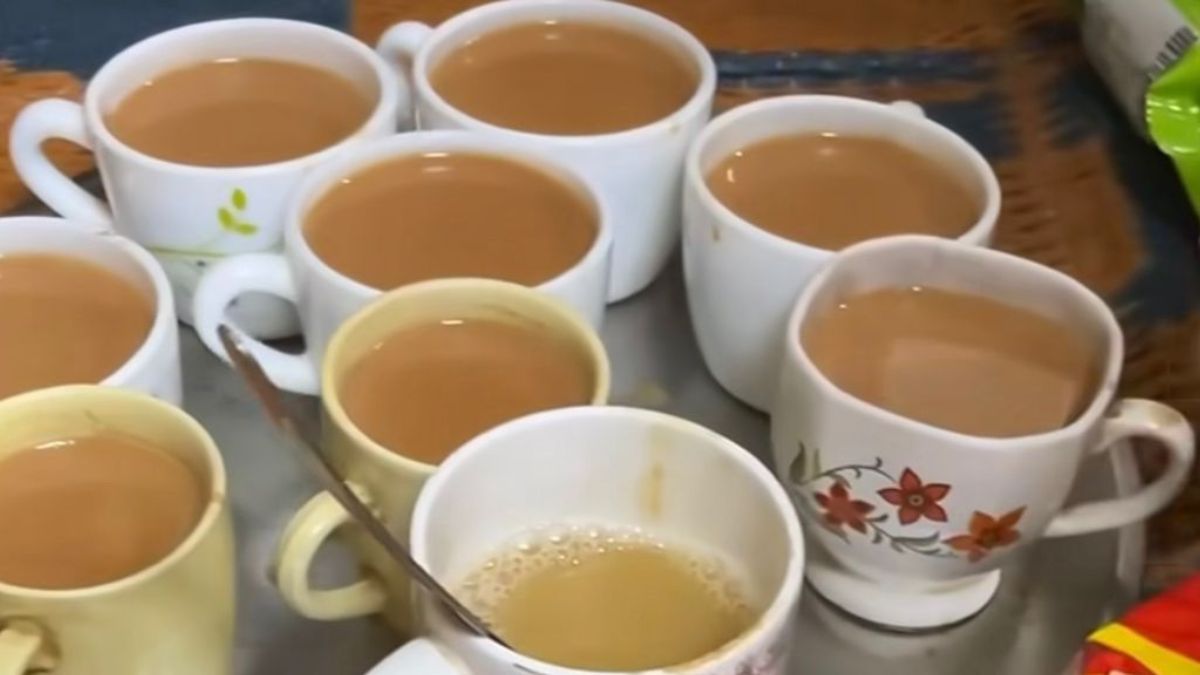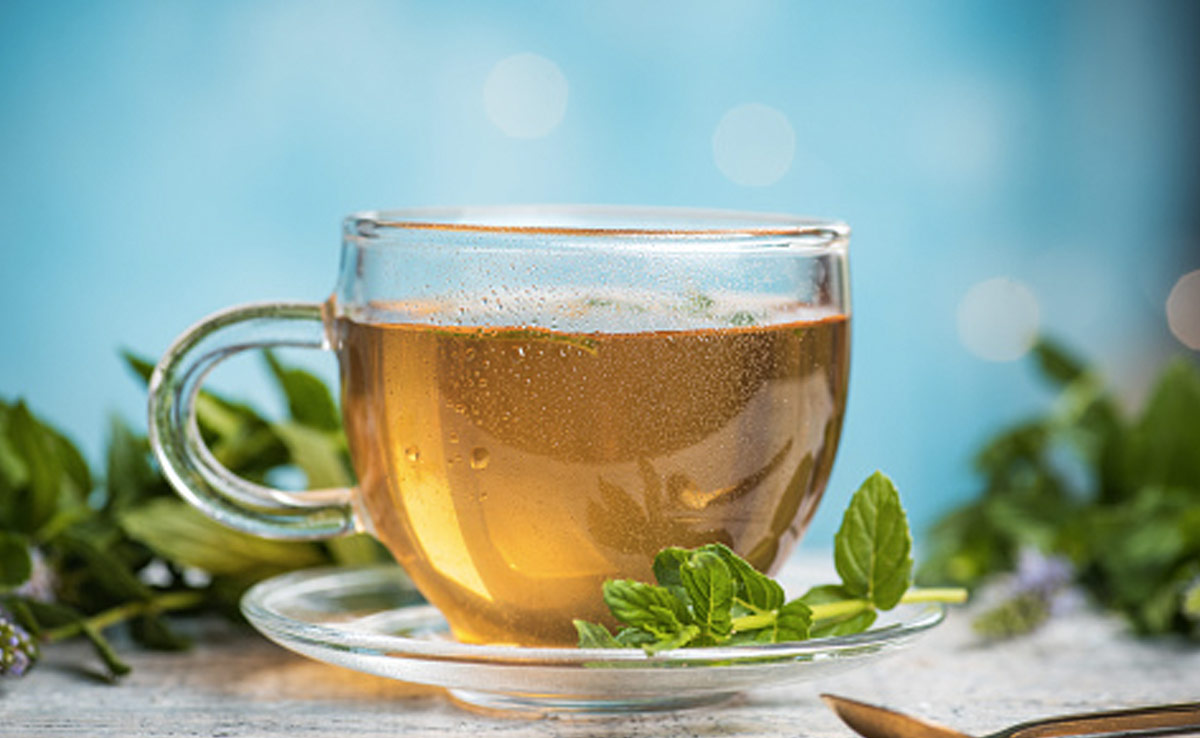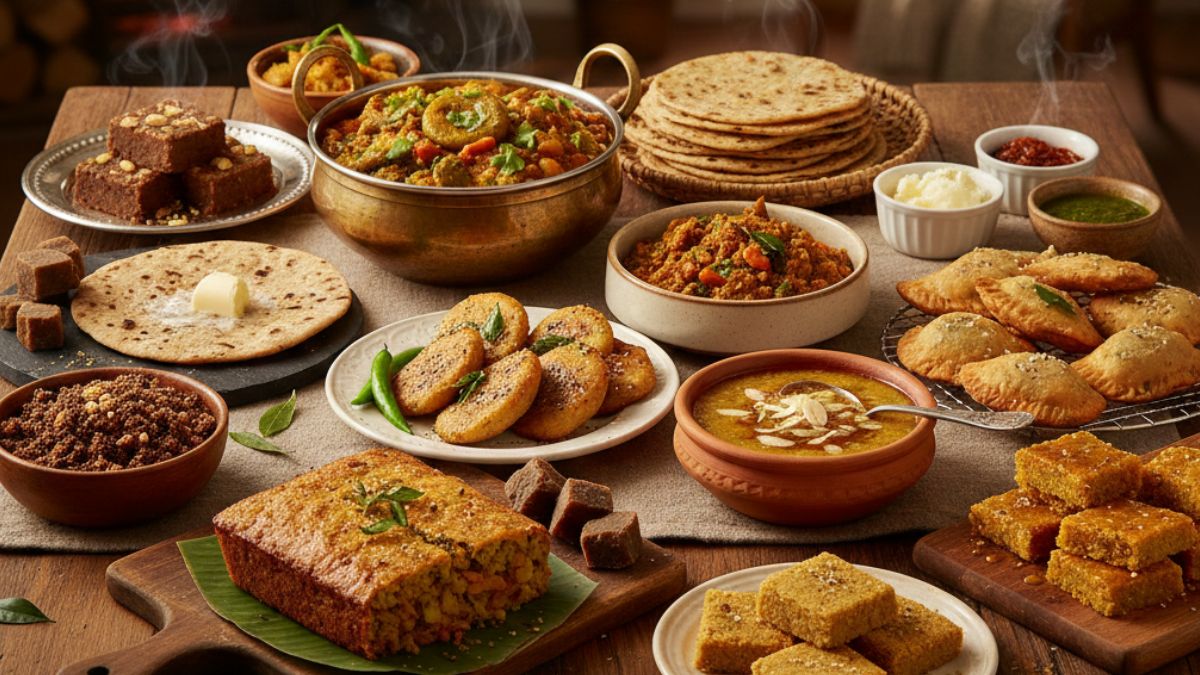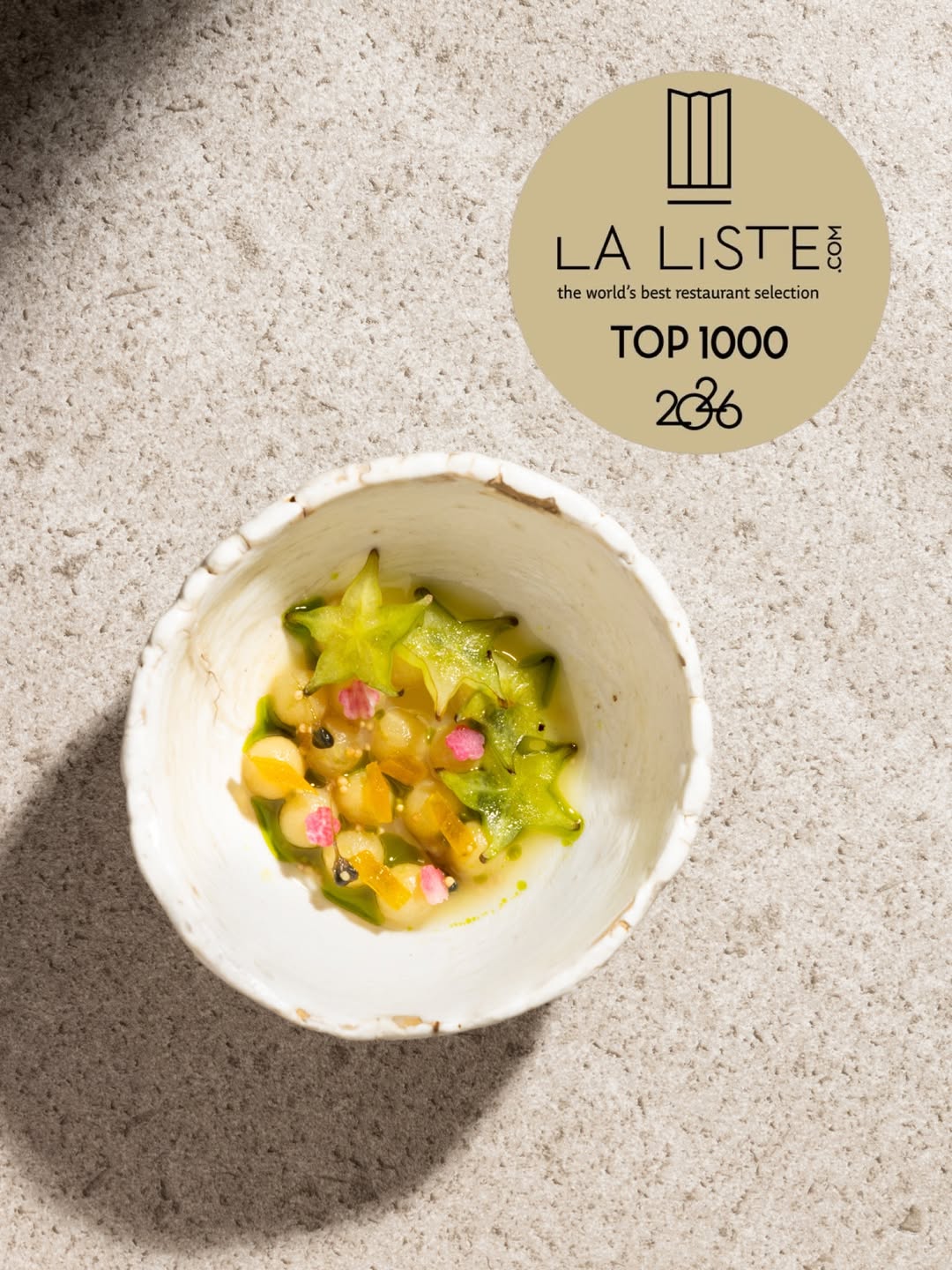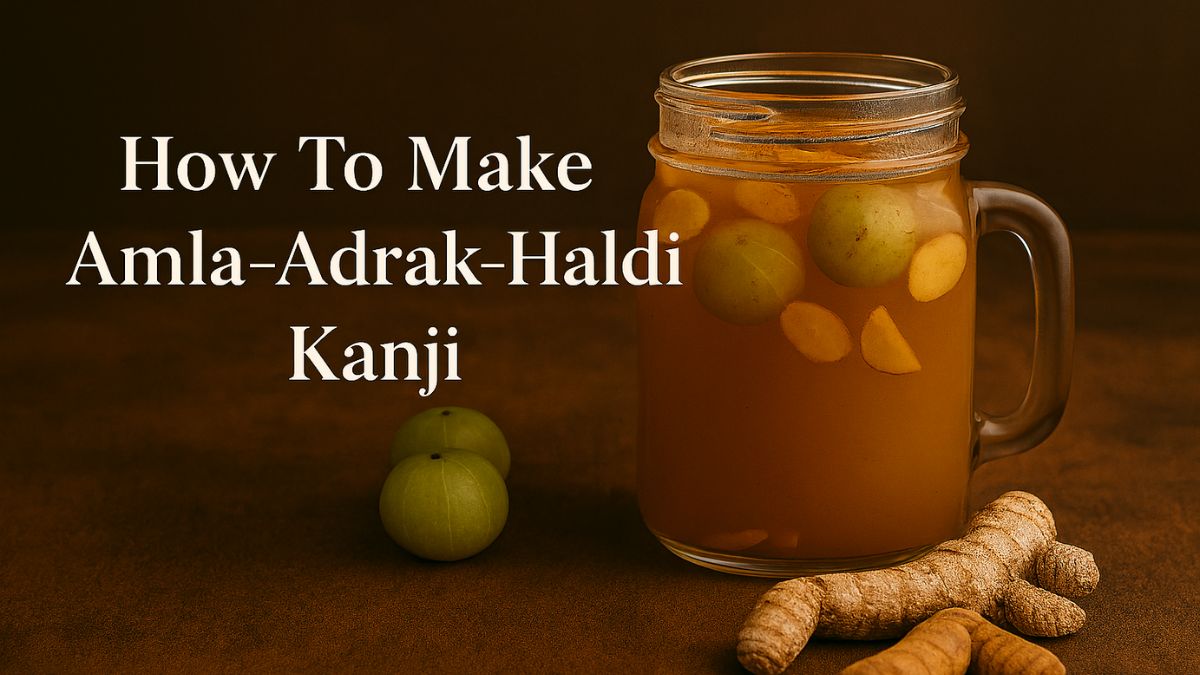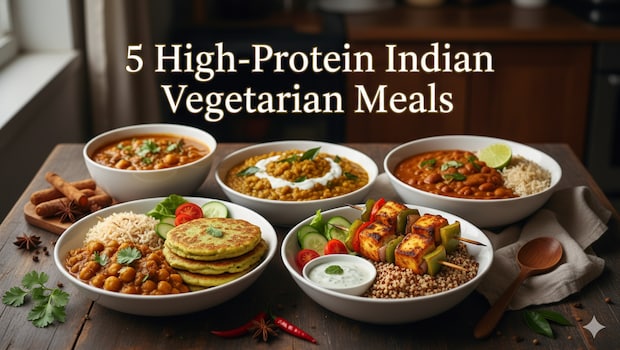If you think protein comes only from eggs, chicken, or whey tubs, think again. Indian kitchens have been serving up plant-based protein long before the words "macro" and "meal prep" entered the chat. From humble moong to rajma and tofu, our everyday plates are packed with muscle-building power-just without the fuss or guilt. So whether you are managing weight, building strength, or simply trying not to feel like a boiled vegetable while eating healthy, these vegetarian dishes deliver serious protein under 500 calories. Think traditional flavours, smart swaps, and clean nutrition-all in one plate.
Also Read: Is Eating Dark Chocolate At Night Good Or Harmful? The Answer Might Suprise You
Here Are 5 High-Protein Indian Vegetarian Meals Under 500 Calories:
1. Moong Dal Chilla (2 Pieces) - 256 Calories, 15g Protein

Photo Credit: iStock
Before protein pancakes went global, India already had moong dal chilla. Made from split green gram blended with spices, this savoury pancake is crisp outside, soft inside, and satisfying without being heavy.
Ingredients:
- 100g moong dal (split green gram)
- 1-inch ginger
- 2 green chillies
- 1/2 tsp cumin seeds
- Salt to taste
- Oil for shallow frying
- Optional: crumbled paneer or chopped vegetables for stuffing
Method:
- Soak moong dal for 2-3 hours.
- Blend with ginger, green chillies, cumin, and salt into a smooth batter.
- Heat a non-stick pan and spread a ladle of batter into a thin round.
- Cook on both sides till golden.
- Stuff with paneer or vegetables for extra protein.
Tip: A paneer-stuffed chilla can push the protein count up to 20g per serving.
2. Sprouted Moong Salad - 332 Calories, 24g Protein
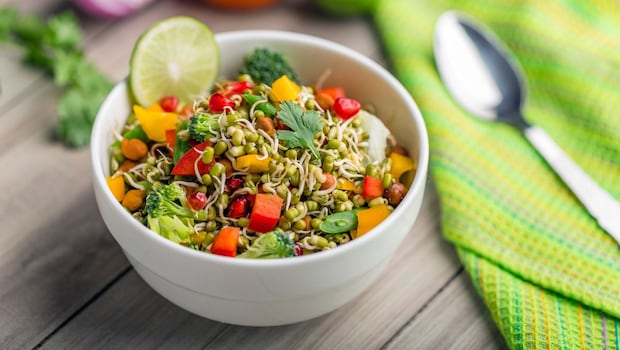
Photo Credit: Canva
If the chilla feels too cooked for your mood, let moong beans show their raw, crunchy side. Sprouting increases their protein absorption and makes them easier to digest. This salad is proof that "no cooking" can still mean "big nutrition".
Ingredients:
- 1 cup sprouted moong beans
- 1/4 cup chopped tomatoes
- 1/4 cup chopped cucumber
- 1/4 cup grated carrot
- 1/3 cup finely chopped red onion
- 1/2 tsp roasted cumin powder
- 1 tsp chaat masala
- 1 tbsp lime juice
- 2 tbsp roasted peanuts
- Salt and red chilli powder to taste
- Fresh coriander for garnish
Method:
- Lightly steam the sprouted moong until tender but firm.
- Toss with chopped vegetables and coriander.
- Add cumin powder, chaat masala, salt, and chilli powder.
- Finish with lime juice and peanuts for crunch.
Tip: It doubles as a protein-rich snack that travels well for office lunches.
3. Palak Tofu (Spinach Tofu Curry) - 212 Calories, 16g Protein

Next comes comfort in curry form. Palak paneer gets a vegan upgrade here-paneer is swapped for tofu, which soaks up Indian masalas beautifully while keeping calories lower and protein high.
Ingredients:
150g extra-firm tofu (cubed)
- 300g fresh spinach
- 1 medium onion (chopped)
- 3-4 garlic cloves
- 1-inch ginger
- 2 medium tomatoes (chopped)
- 1/4 tsp turmeric
- 3/4 tsp cumin powder
- 1/4 tsp garam masala
- 1/2 cup coconut milk
- 1/4 tsp red chilli flakes
- Salt to taste
- 1 tbsp oil
- Lemon juice to finish
Method:
- Pan-fry tofu cubes with paprika, chilli flakes, and salt until golden.
- Blanch spinach in boiling water for 30 seconds, then plunge in ice water to preserve colour.
- Sauté onion, garlic, ginger, and tomatoes with turmeric, cumin, and garam masala.
- Blend spinach with the cooked masala into a smooth paste.
- Return to the pan, add tofu and coconut milk, and simmer for 5 minutes.
- Finish with lemon juice before serving.
Tip: Tastes best with brown rice or a millet roti for a complete meal.
4. Rajma Curry (With 1 Small Roti) - 462 Calories, 13g Protein

Some meals never go out of fashion-and rajma-chawal is one of them. But if you swap the rice for a small roti, you keep it under 500 calories without losing the comfort or the flavour.
Ingredients:
- 3/4 cup rajma (kidney beans)
- 2 medium onions (grated)
- 3 tomatoes (pureed)
- 1 tbsp ginger-garlic paste
- 1 tsp cumin seeds
- 1 bay leaf
- 2-3 cardamom pods
- 2 cloves
- 1 tbsp coriander powder
- 1 tsp red chilli powder
- 1/2 tsp turmeric
- 1 tsp salt (adjust to taste)
- 2 tbsp oil
- 1 tsp kasuri methi
- 1 tbsp cream (optional)
- 1 small whole-wheat roti
Method:
- Soak rajma overnight and pressure cook with 2 cups water and salt till tender.
- Heat oil, add cumin, bay leaf, cardamom, and cloves.
- Add onions and ginger-garlic paste; cook till golden.
- Stir in tomato puree and dry spices. Cook until oil separates.
- Add boiled rajma with its water and simmer for 10-12 minutes, mashing a few beans for thickness.
- Finish with kasuri methi and a drizzle of cream.
Tip: Pair with a small roti for a balanced, high-protein, high-fibre meal.
Also Read: Sambar Rice vs Tamarind Rice: Which Is Lighter And Better For Weight Loss?
5. Quinoa Vegetable Pulao - 250 Calories, 8g Protein

Meet the modern twist on an old-school staple. Quinoa may not be Indian by birth, but it blends seamlessly with our pulao flavours-and brings along a full set of amino acids.
Ingredients:
- 100g quinoa
- 1 tsp oil
- 1 tsp cumin seeds
- 1 bay leaf
- 2-3 green cardamom pods
- Small cinnamon stick
- 2 cloves
- 50g chopped onion
- 1 tbsp ginger-garlic paste
- 50g chopped tomato
- 1/2 tsp turmeric
- 1/4 tsp garam masala
- Salt to taste
- 100g mixed vegetables (carrot, beans, peas, cauliflower)
- 1 1/4 cups water
- Lemon juice and coriander for garnish
Method:
- Rinse quinoa thoroughly.
- Heat oil and add cumin, bay leaf, cardamom, cinnamon, and cloves.
- Sauté onions till golden, then add ginger-garlic paste and tomatoes.
- Add turmeric, garam masala, and salt. Stir well.
- Toss in the vegetables and cook for 2-3 minutes.
- Add quinoa and water. Cover and cook till the quinoa is fluffy and the water absorbed.
- Finish with lemon juice and coriander.
Tip: Serve with curd or raita to increase protein content.
Everything You Wanted To Know About High-Protein Vegetarian Meals
1. Can vegetarians really get enough protein from Indian meals?
Yes. According to nutrition experts, Indian vegetarian diets can be very protein-dense when well planned - using pulses, legumes (like dal, rajma, chana), dairy (milk, paneer, curd) and soya products.
The key is variety and portion control, rather than relying only on one food type.
2. How do I keep it under 500 calories and still get high protein?
You've got to combine lean plant-protein sources with smart cooking methods (less oil, fewer heavy creams) and manage portions of carbohydrates/fats. For example, using tofu instead of paneer in a curry cuts calories.
Also, recipes based on 500-calorie frameworks are available for Indian meals.
So yes - it is entirely possible with conscious ingredient and portion choices.

Photo Credit: iStock
3. Which vegetarian sources provide the most protein in Indian cuisine?
Some of the top ones:
- Lentils/dals (moong, toor, masoor) - good protein and iron.
- Soya products (tofu, soya chunks) - high plant-protein.
- Paneer/cottage cheese - although higher in fat, gives strong protein.
- Quinoa and some whole grains - complete amino acids although lower in total protein than pulses.
4. Do I need supplements to meet my protein goals if I stick to vegetarian meals?
Not necessarily. If you are eating a variety of pulses, legumes, dairy/soya, grains, and vegetables across meals, you can meet decent protein intake without relying on supplements.
Supplements are an option for certain athletic or high-demand scenarios, but they are not mandatory for everyday vegetarian protein needs.
5. What tweaks allow traditional Indian dishes to stay under 500 calories while being high in protein?
Here are common tweaks:
- Use tofu or soya instead of high-fat paneer.
- Use less oil and cream in gravies; use lighter milk alternatives (e.g., coconut or low-fat milk).
- Keep the portion of carbohydrate moderate (eg: small roti instead of large, or quinoa instead of white rice).
- Use more legumes/pulses, which deliver protein and fibre for fewer calories.
- Include vegetables and salads to bulk nutrients while keeping calories in check.
- These are in line with healthy Indian eating guides.
Also Read: Are Lime And Lemon Same? They're Not! 5 Ways To Tell Them Apart
The Takeaway
Protein does not need to come from a packet, a shake, or a Western menu. Indian food has been quietly delivering it for generations in dals, curries, and home-style meals that fuel strength and satisfaction alike.
So next time someone says you need chicken for gains, just hand them a chilla.
